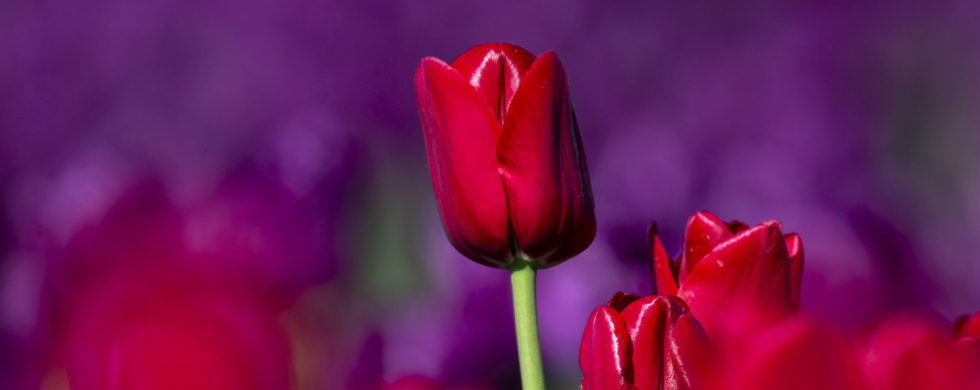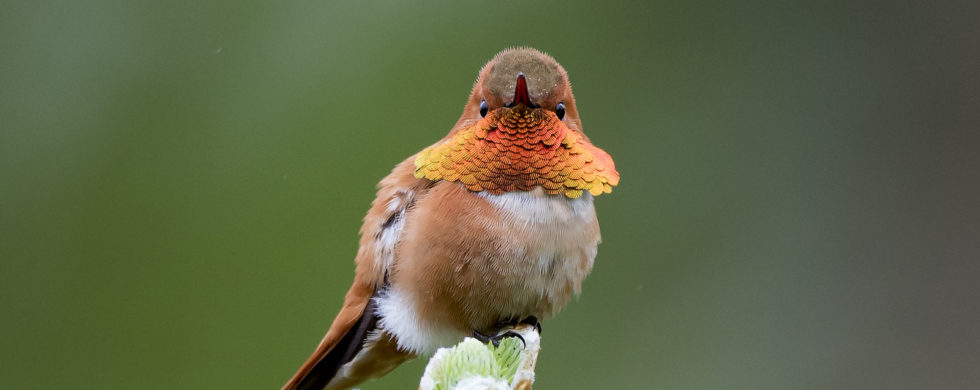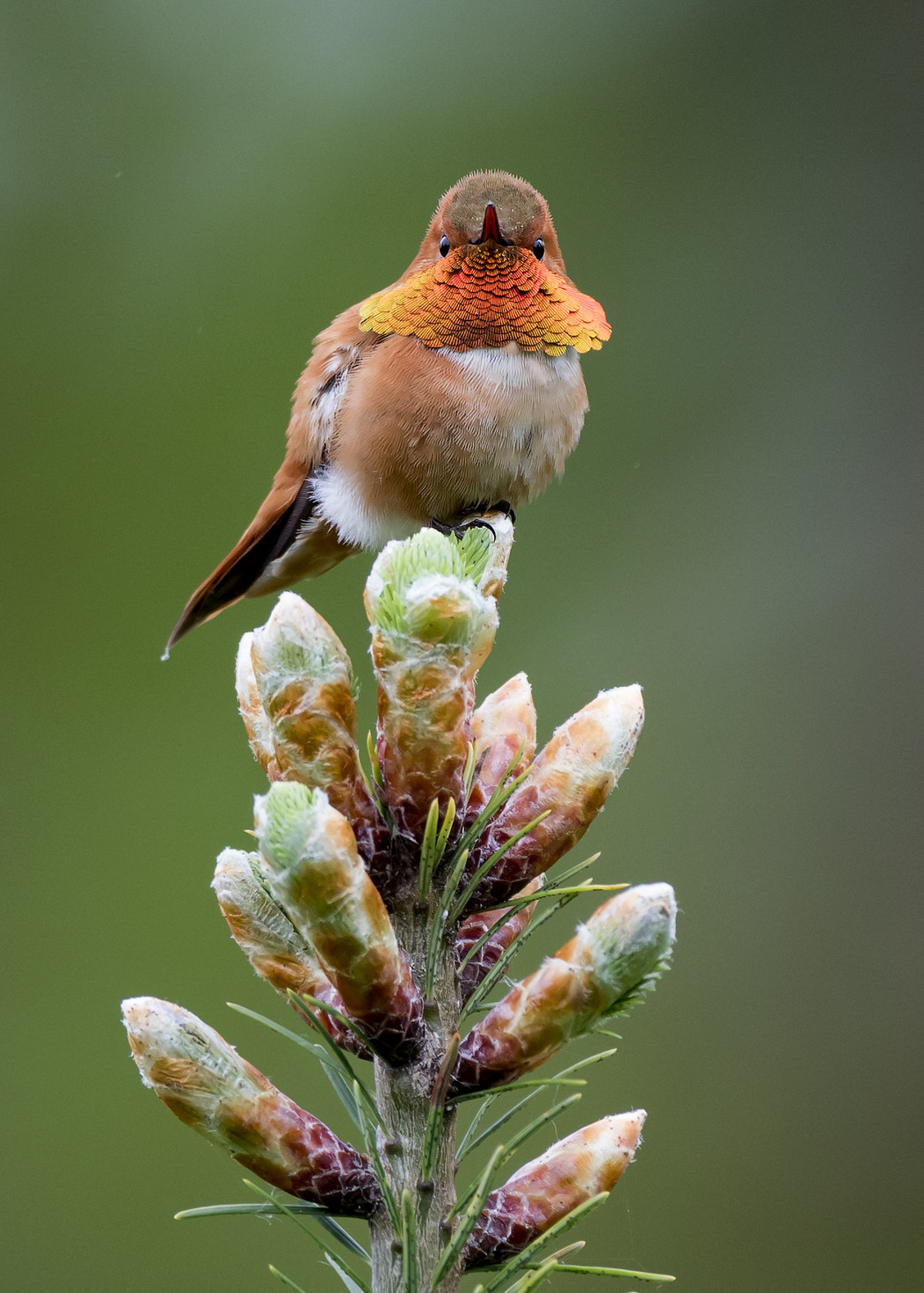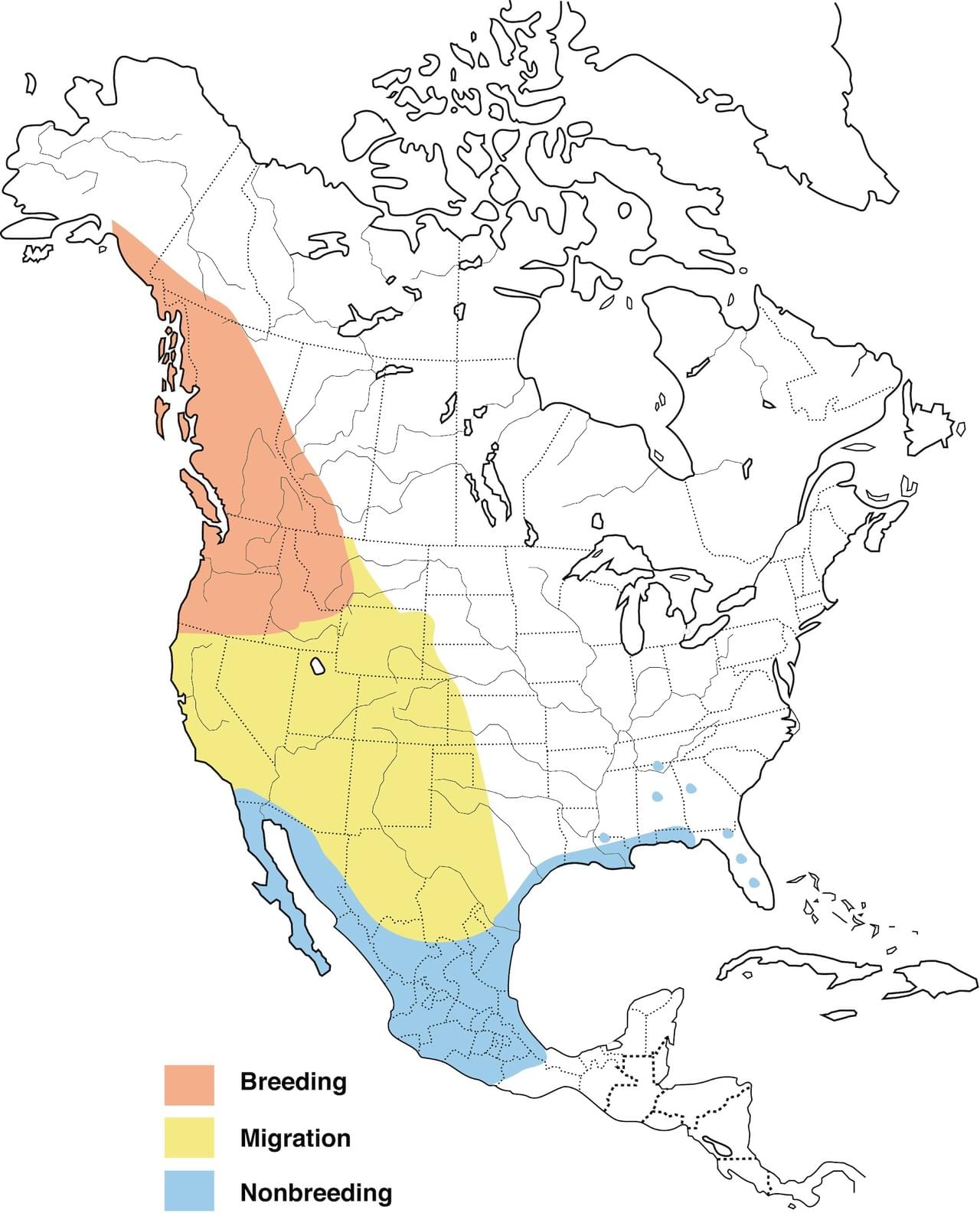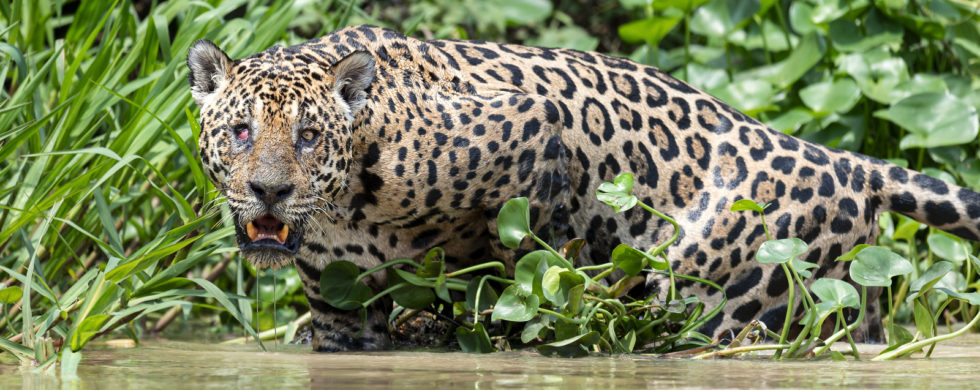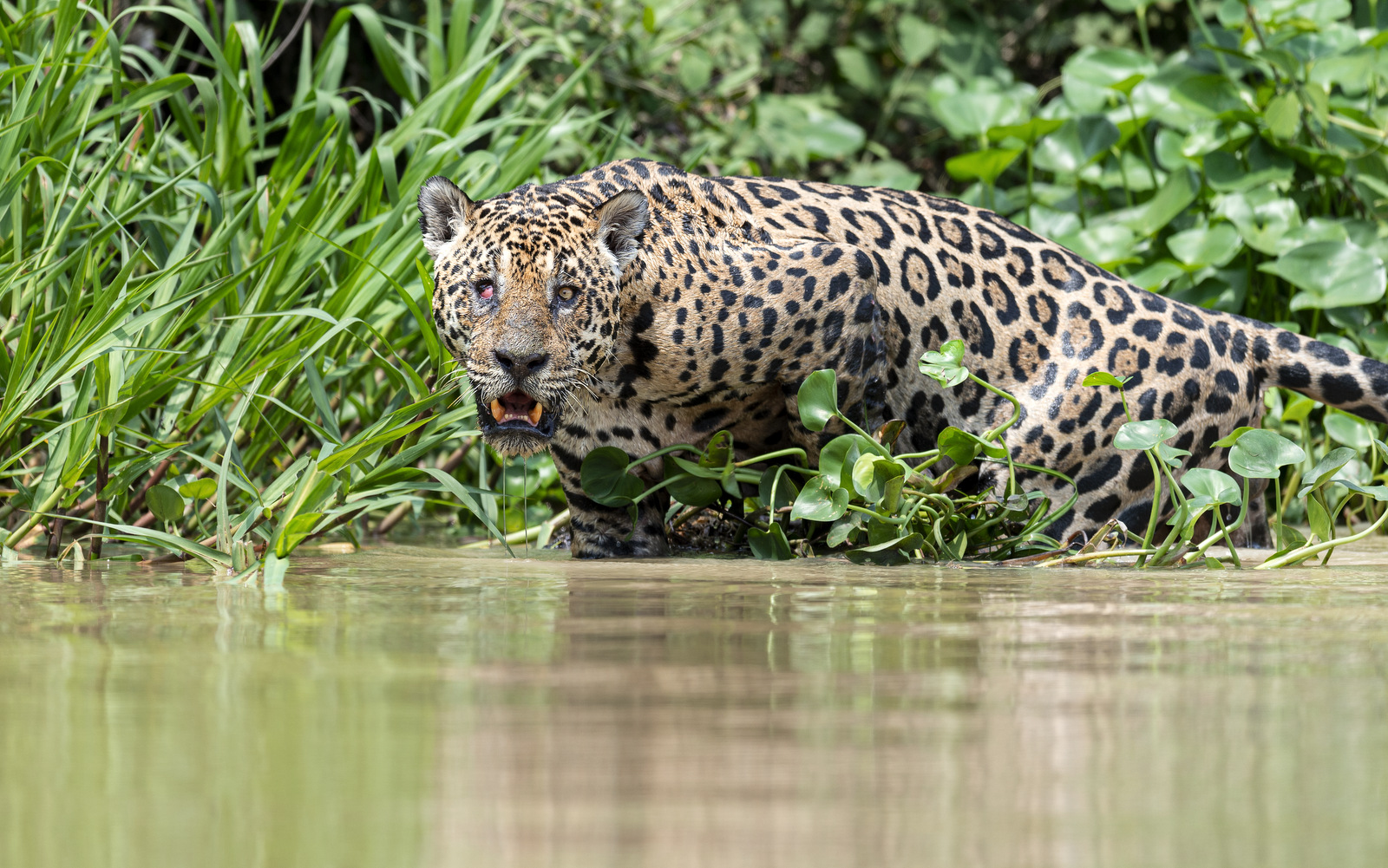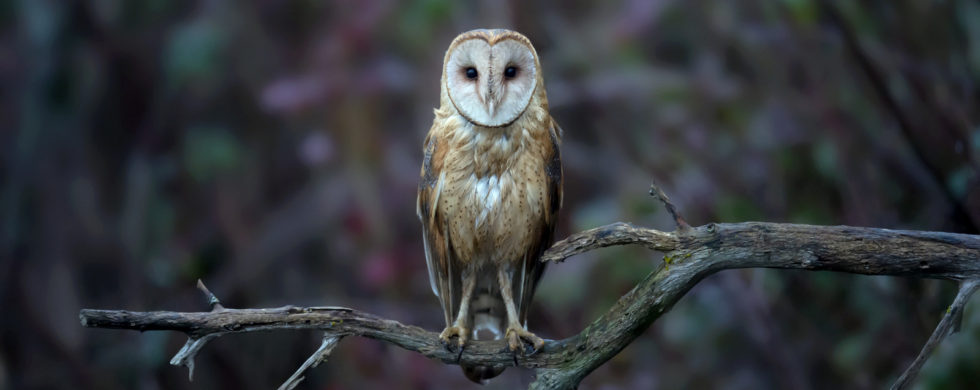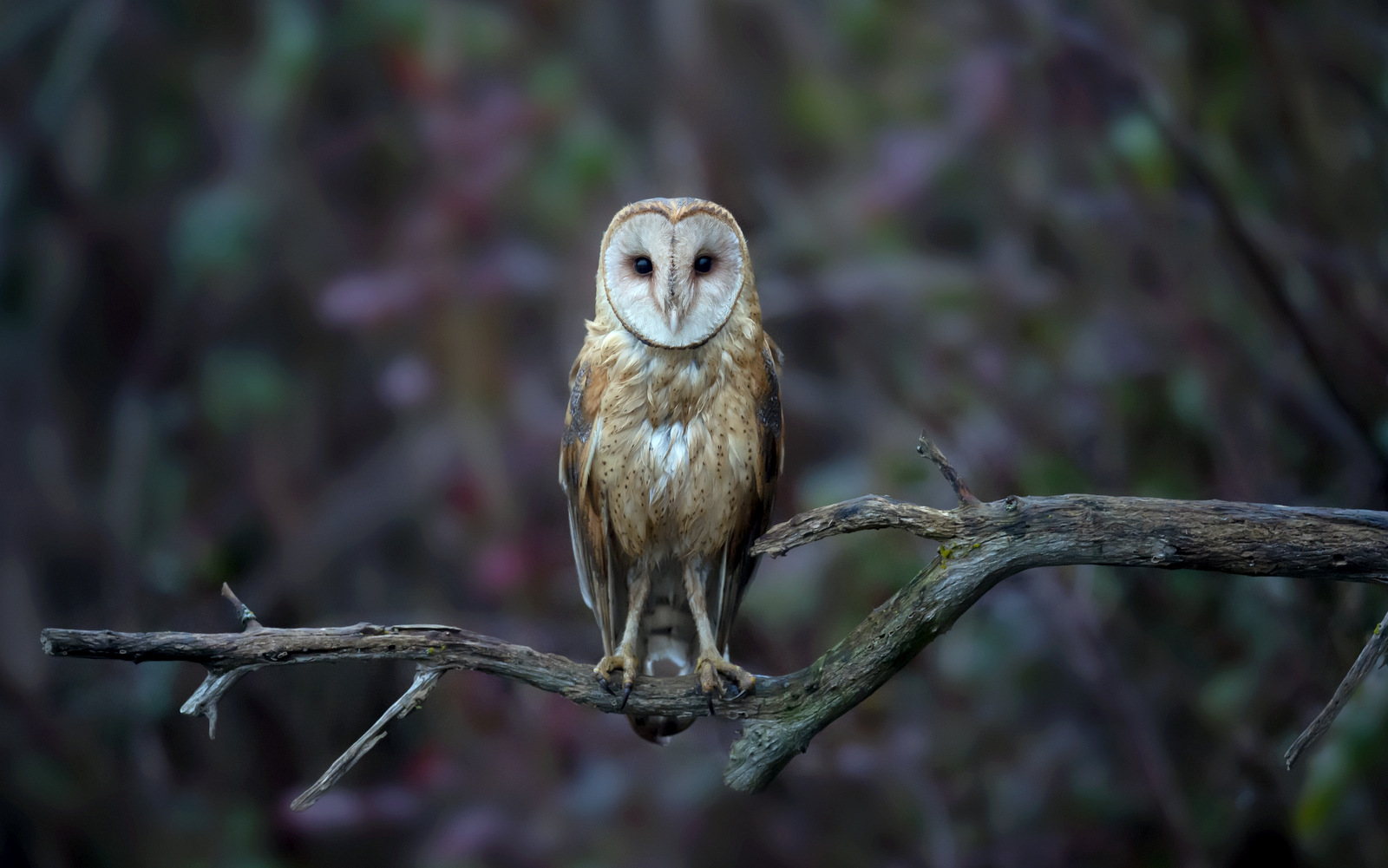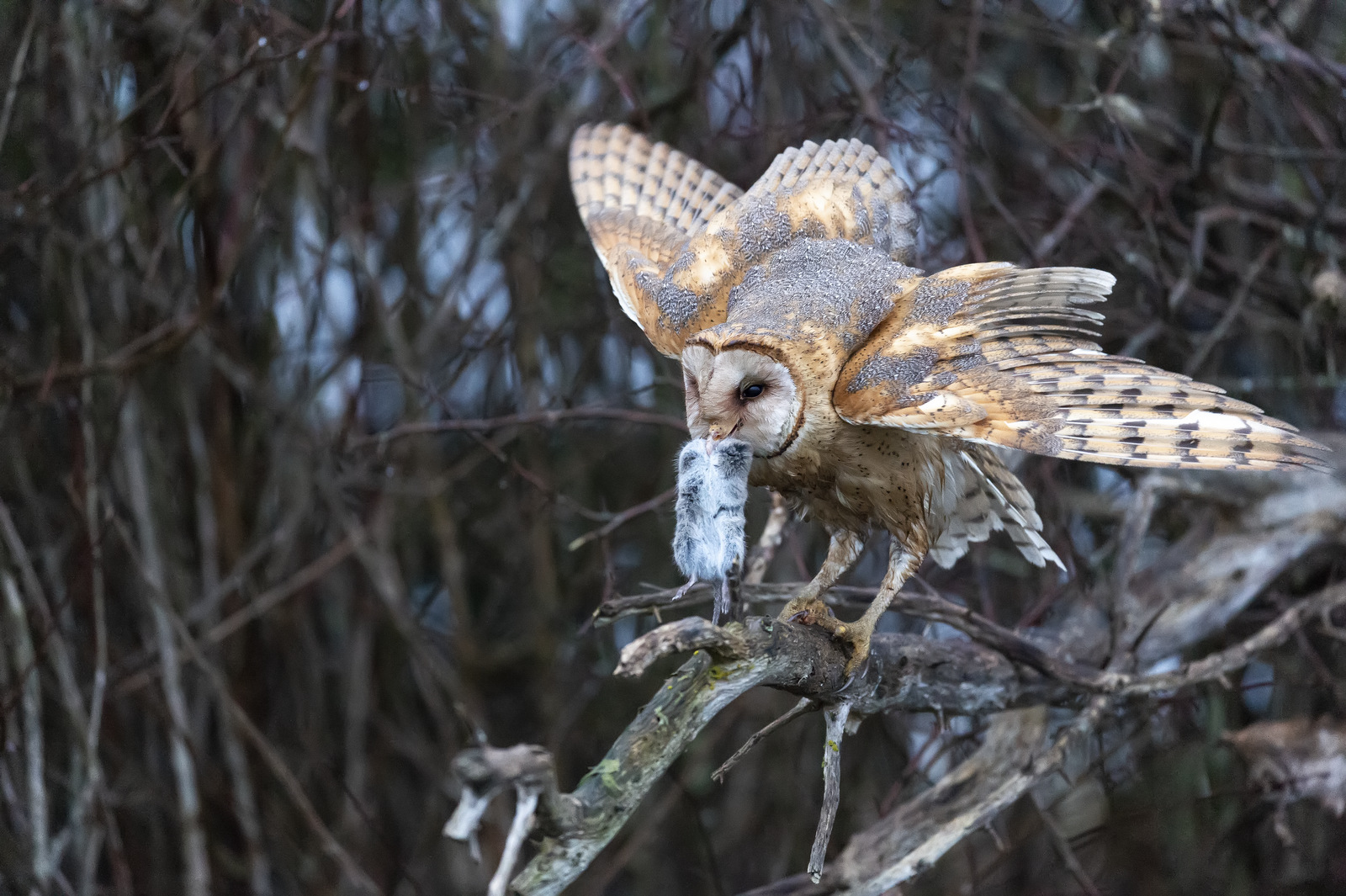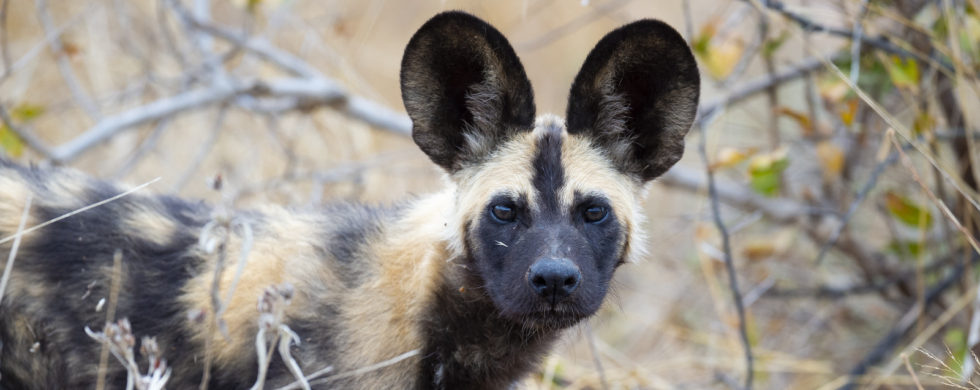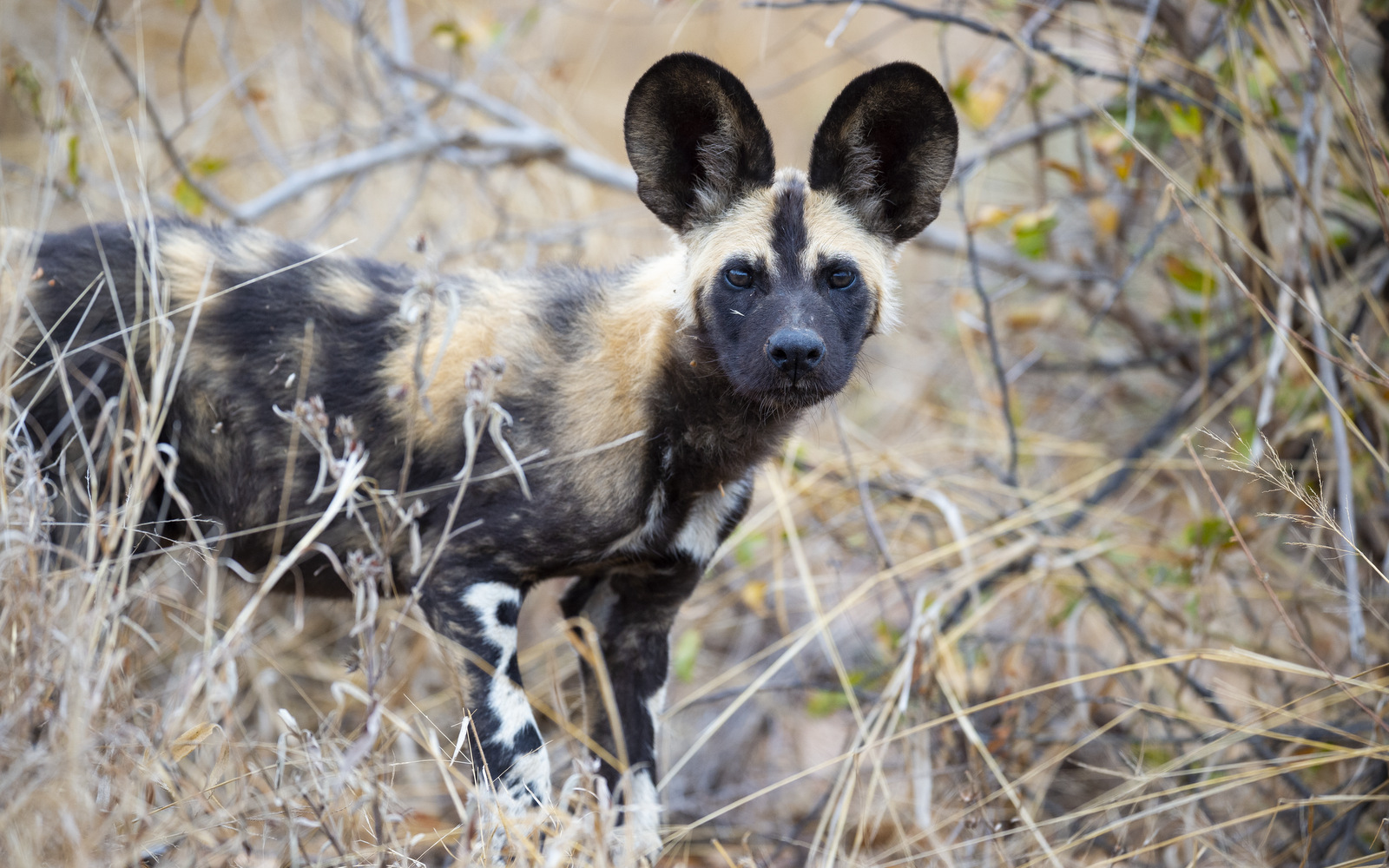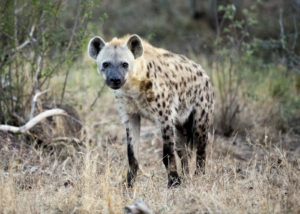30
Shot of the Month – June 2019
This month a photo of a tulip that demonstrates the power of isolating your subject to help create a compelling image. In this shot there is no doubt about what this photo is about — our eyes can’t help but be drawn to that lone red tulip in the center of the frame. In this image I used several techniques to isolate the subject:
Choice of depth of field
In this shot I used a very shallow depth of field (aperture of f/5.6) to ensure that almost all of the other flowers in this field were out of focus. Our eyes are naturally drawn to the part of the image that is in focus. For comparison look at the same image taken with a very wide depth of field (aperture of f/22). In this version  the field of flowers is more in focus and, at least for me, more distracting. I find that my eye jumps around more from one part of the photo to the next and weakens the visual impact. Click on the image to see it larger. Here is a primer on understanding depth of field.
the field of flowers is more in focus and, at least for me, more distracting. I find that my eye jumps around more from one part of the photo to the next and weakens the visual impact. Click on the image to see it larger. Here is a primer on understanding depth of field.
Point of View (POV)
To get this image I shot while crouched on my knees to get a low angle — this allowed me to shoot up and through the red flowers in the foreground and create depth in the image. This POV also allowed the red tulip to appear higher into the field of purple in the background and helped create more separation and space between the subject (red) and the foreground (red). Don’t be afraid to move around and explore the scene to make sure you are including the elements you want in the shot, and perhaps even more importantly, explore how your POV can help remove elements that weaken your image. Try higher. Then lower. Move to the right. To the left….shake it all about….
Contrasting Color
I was immediately drawn to this scene by how the red tulip popped visually against that purple background. The lovely green stem of the subject also adds more contrast and leads the eye to the subject.
Centered Subject
While it is often not recommended to center your subject it can sometimes be a useful technique under the right circumstances (See my post here on this topic). I usually try multiple compositions with the subject to the left, right and centered to help find what works best for the scene. I also often shoot in both landscape and portrait orientation to see which leads to a stronger composition. Given the vertical nature of the flowers portrait orientation worked best.
Wow, so much to consider to just get a pretty picture of a flower! These are in fact just a few of the ways that one can isolate the subject of an image. What are the others? Hmmn, that sounds like fodder for a future post….I just need to get outside and get the shot….stay tuned.
Until next month…m

